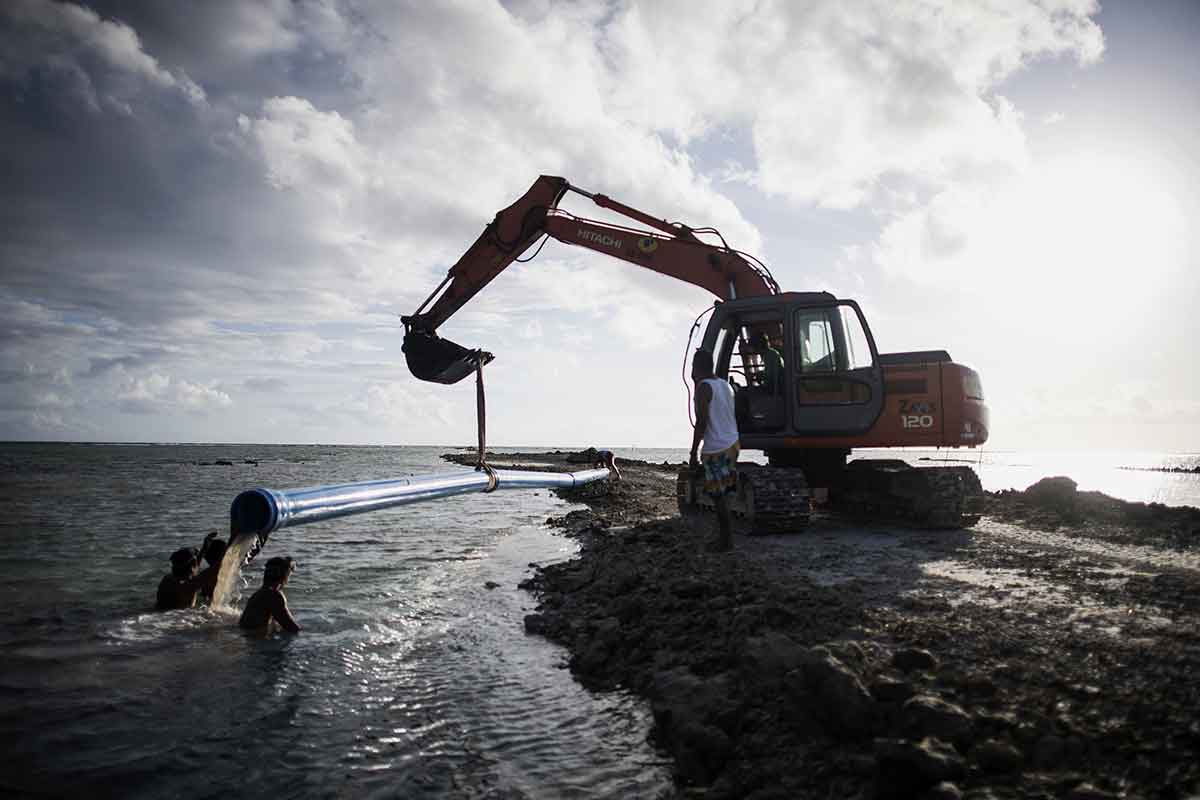Tourists landed by the boatload Friday on the Philippines' Boracay island, which re-opened with a slew of new rules after a six-month shutdown aimed at undoing the impact of years of being loved to death by millions of holidaymakers.
President Rodrigo Duterte shuttered the tiny white-sand island in April, declaring it a "cesspool" where businesses flushed raw sewage into the once pristine turquoise waters and trash soiled its beaches.
Among the first to land after the government threw open the doors just past dawn were first-timers attracted by the prospect of a spruced up, less crowded island.
"When I saw pictures of tourists in Boracay lying like sardines in a can, I didn't want to come here," German visitor Josef Fuchs, 61, said. "Now I expect to have a few good days here."
Tourists like him were greeted with new restrictions that cap the number of visitors as well as a beachside boozing ban and efforts to build up island infrastructure.
Once a quiet hideaway favoured by backpackers, the tiny island was transformed by overdevelopment into a mass destination seeing some two million visitors per year.
Under the new regime, the beachfront has been cleared of the masseuses, vendors, bonfires and even the builders of its famous photo-op sandcastles it was once crowded with.
All water sports save for swimming are also banned for the time being, while Boracay's three casinos have been permanently shut down in line with Duterte's wishes.
Buildings were bulldozed and businesses pushed back to create a 30-metre buffer zone from the waterline.
Away from the water the sound of machinery and hammering echoed in the air as resorts made improvements to appease government inspectors and crews toiled away on a widened main road.
Boracay, which major tourist magazines consistently rate as among the world's best beaches, measures a mere 1,000 hectares.
Yet it was seeing up to 40,000 sun worshippers at peak times, with tourists spending US$1 billion a year but also leaving behind mountains of garbage and an overflowing sewer system.
Will new rules be enforced?
The new rules say 19,200 tourists will be allowed on the island at any one time, with the government aiming to enforce that by controlling the number of available hotel rooms.
Scores of hotels and restaurants were ordered to close because they did not meet standards, while just under 160 tourism-related businesses have been approved to re-open.
Drinking and smoking are banned and the huge multi-day beach parties dubbed "LaBoracay" that drew tens of thousands of tourists during the 1 May Labour Day weekend will be a thing of the past.
The Boracay Foundation, the main business industry group on the island, said the sector supports the new regulations aimed at cleaning up the resort.
"The rules and ordinances are really perfect. It's just a matter of implementation," its executive director Pia Miraflores said.
"For a long time, we've been asking for the political will to implement the rules and regulations," she added.
However, some hotel owners were sceptical about whether the changes would stick in a place that suffered from lax enforcement even before the slate of new regulations.
"This is maybe just for the shock effect. You know how things work in the Philippines," said Vicky Salem, whose family owns a hotel on the island. "Nothing is forever here." - AFP
